Winter can be a tough season for many people, especially when you live in the Netherlands. The shorter days, colder temperatures, and often gloomy weather can leave us feeling sluggish and down. But it’s important to remember that a bit of fresh air and exercise can go a long way in boosting our mood and energy levels. And what better way to do that than by going for a winter walk? Not only will it give you the chance to soak up some vitamin D and clear your mind, but it also provides a beautiful and peaceful setting to appreciate the winter season.
In this article, I’ll be sharing some amazing winter walks in the Netherlands, that are sure to help you fight the winter blues. From scenic trails through forests to picturesque beaches, these walks offer plenty of opportunities to get moving and enjoy the crisp air. So grab your coat, your hat, and your boots, and let’s go explore the beauty of winter and fight those winter blues!
11 winter walks in the Netherlands (and a bonus)
1. Amsterdamse Waterleidingduinen
Length: walking routes of 4 to 9 km.
The Amsterdamse Waterleidingduinen is a beautiful park close to Zandvoort where you can enjoy a varied landscape and spot wild animals. Covering about 3400 hectares, the area was designed for the extraction of drinking water for Amsterdam, and it has provided water for the city since 1853!
There is a lot to see in this park: you can stroll through the forest, walk on the dunes or walk all the way to the seaside. You can be sure you will spot a few deer and, if you’re very lucky, maybe a fox. A ticket is required to enter, and keep in mind that dogs are not allowed here. Bikes can’t enter the park either, so the paths can be explored only on foot. The routes are marked and you can choose which one to follow. You can start your walk from one of the few entrances: Panneland, Zandvoorstelaan, De Zilk, the visitor’s centre.
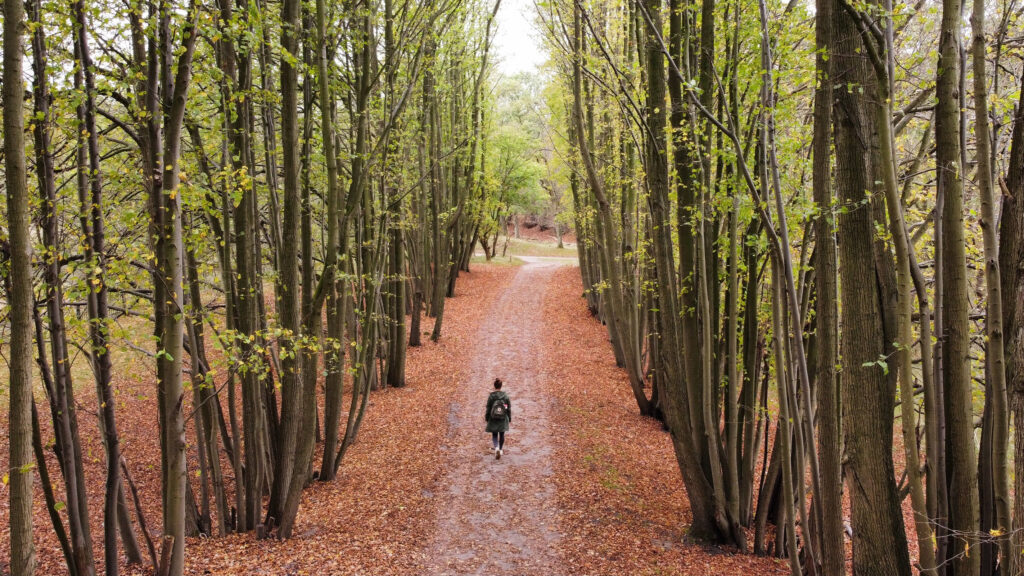
2. Voornes Duin
Length: around 12 km of marked routes.
Voornes Duin is a nature reserve in South Holland on the island of Voorne, which covers 1400 hectares. A special dune area on the coast, a paradise for bird watchers but not only. The Voornes Duin area has a great variety in landscape types and therefore has a great diversity of species, both in terms of flora and fauna. It comprises a varied dune area with two large dune lakes (Breedewater and Quackjeswater) and several small pools, marshes, large areas of forest and shrub, dune grasslands and wet dune valleys.
Voornes Duin is a great place for birdwatching, being home to a variety of birds, like cormorants, egrets, nightingales, redwings, fieldfares, greenfinch, or even ring thrushes and warblers. Apart from birds, the Dunes of Voorne are also home to 40 species of land snails! Please keep in mind that you can’t take your dog on this walk on the dunes.
You can also walk along the alleys of Strypemonde Estate, made of a variety of trees from all over the world, such as metasequoias, holm oaks and Osage orange trees.
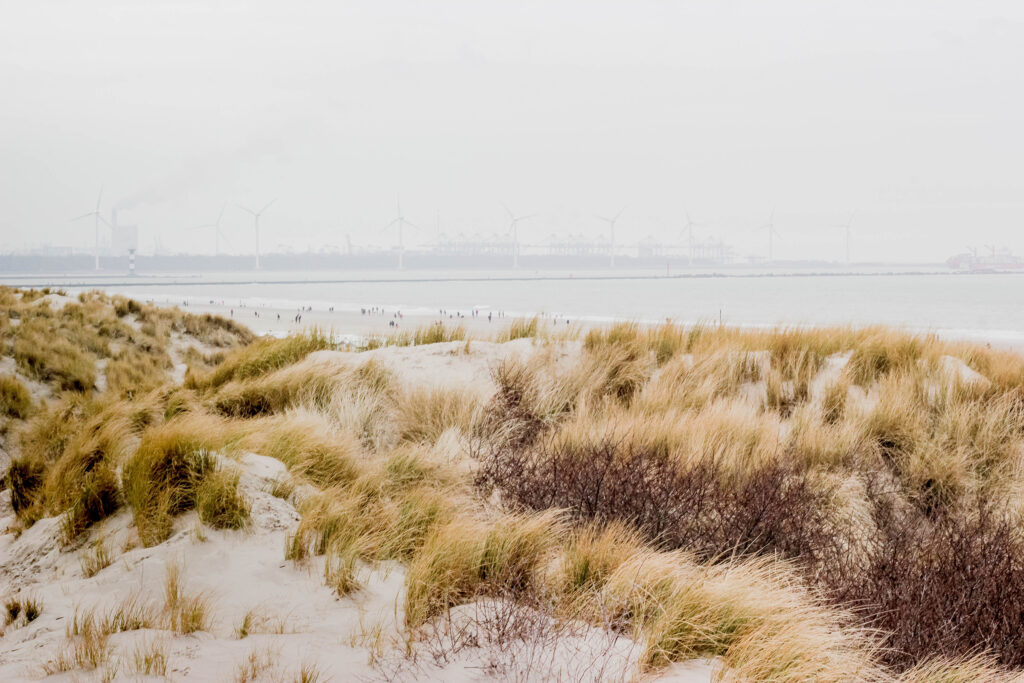
3. Duivelsberg in Berg en Dal
Length: around 3 km.
For a nature walk on a bit of higher terrain, head to Berg en Dal for a hike in the Duivelsberg (Devil’s Mountain). Not a mountain, but higher than your usual Dutch landscape, this forested area will provide up and down trails among tall trees and beautiful views over the surrounding landscape. Woodpeckers, tawny owls, nuthatches and even bats reside in the old trees. Duivelsberg hill was formed during the last ice age and is composed of sand and clay. It’s part of a reserve that covers around 100 hectares and is known for its unique geology.
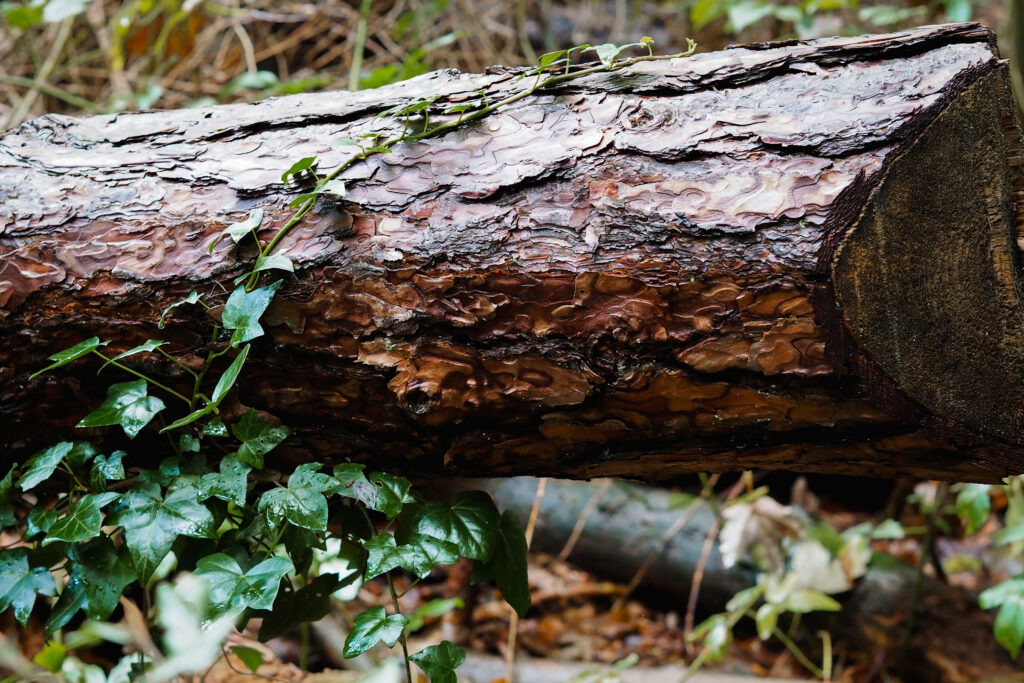
4. National Park De Hoge Veluwe
Length: up to 12 km.
National Park De Hoge Veluwe is a beautiful natural area in the province of Gelderland in the Netherlands. It covers an area of 5.400 hectares and is home to a diverse array of wildlife and plant life. It has beautiful forests, heathlands, sand drifts, meres and ponds, and is teeming with life, including wild hogs, red deer, roe deer, and mouflons.
You can explore the park by bike or on foot, and there are several marked trails that lead through the different habitats within the park. One popular attraction is the Kröller-Müller Museum, which is located within the park. The museum features a large collection of paintings by Vincent van Gogh and other artists, and has a beautiful sculpture garden. Other highlights include the Jachthuis Sint Hubertus, a hunting lodge designed by renowned architect Hendrik Petrus Berlage and the Museonder in the visitor’s centre.
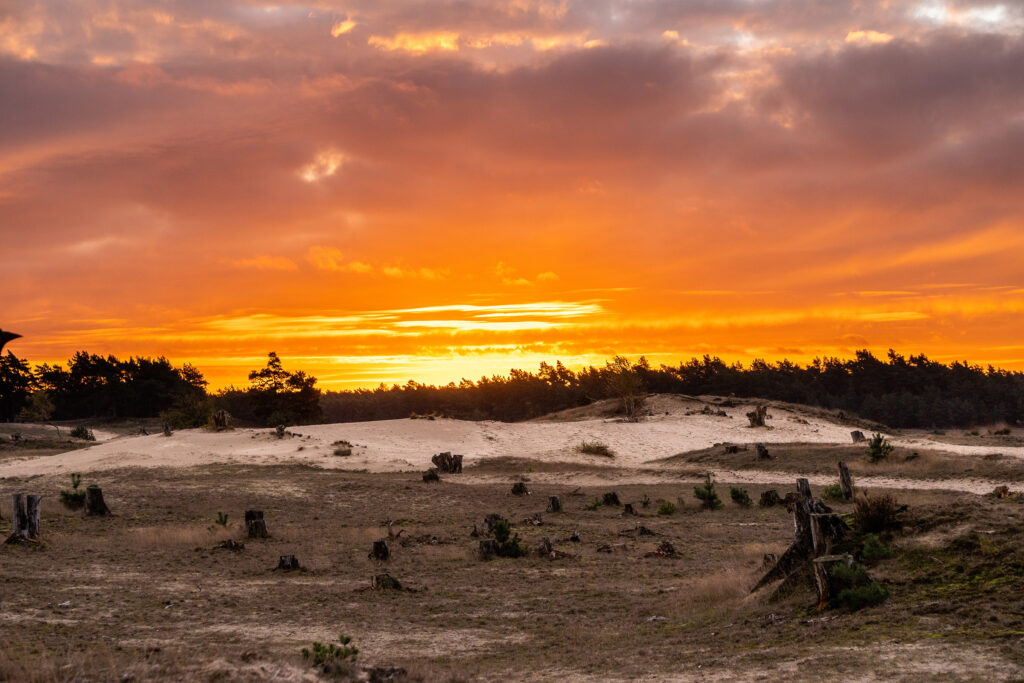
5. De Alde Feanen National Park
Length: 1,5 to 20 km.
De Alde Feanen National Park is a picturesque wetland area located in the province of Friesland in the Netherlands. The park is known for its rich biodiversity and is home to a wide variety of plants and animals. De Alde Feanen is an excellent destination for nature lovers and birdwatchers. You can explore the park by bike or on foot, and there are several marked trails that lead through the different habitats within the park. Canoeing and boat trips are also available to discover the park from the water.
One of the main attraction of the park is the network of canals and lakes that are connected to each other. Visitors can take a guided tour on the canal and discover the unique landscape of the park.
For a bonus of history and Frisian culture, take a trip to the nearby town of Earnewâld, which is known for its traditional Frisian architecture.
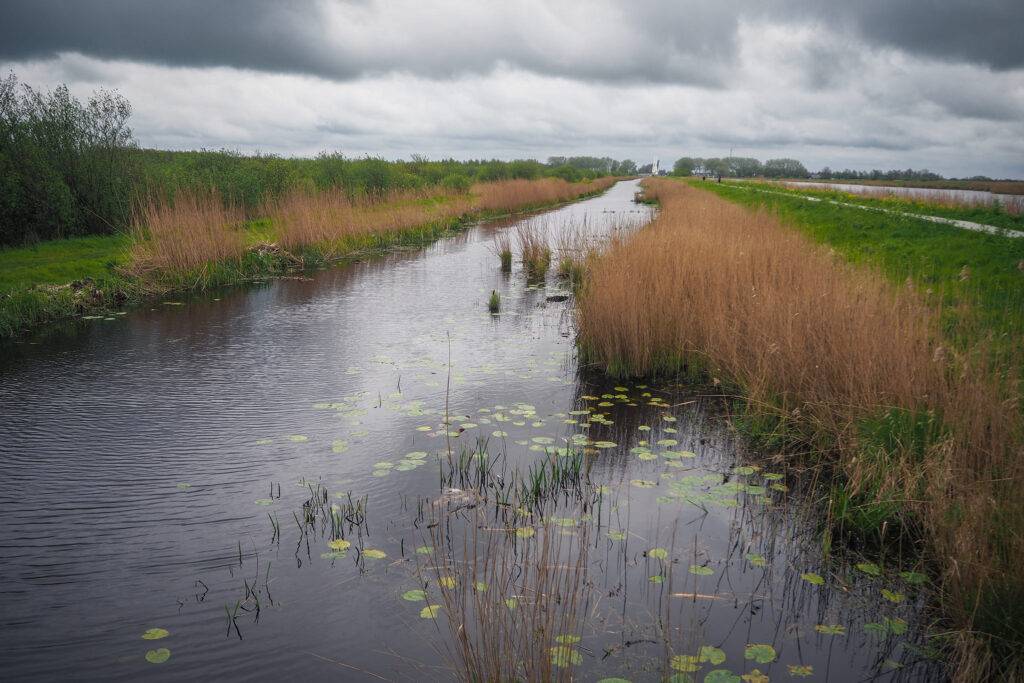
6. Egmond aan Zee to Bergen aan Zee
Length: 6 km
Salty sea air, wide beaches and beautiful dunes. You can start your walk in any of these two coastal towns: Egmond aan Zee or Bergen aan Zee, and make your way towards the other, through tall dunes and on the beach. I love this route because of the beautiful dunes bordering the beach, covered in amazing dune vegetation, peppered with some lakes here and there. The dunes near Bergen aan Zee are called “the blonde dunes“: the white-greyish sand in the northern part of Bergen changes colour in the southern areas because it’s more calcareous, hence the name. You could go back and forth to your starting point, or take the public transport from the destination to return home.

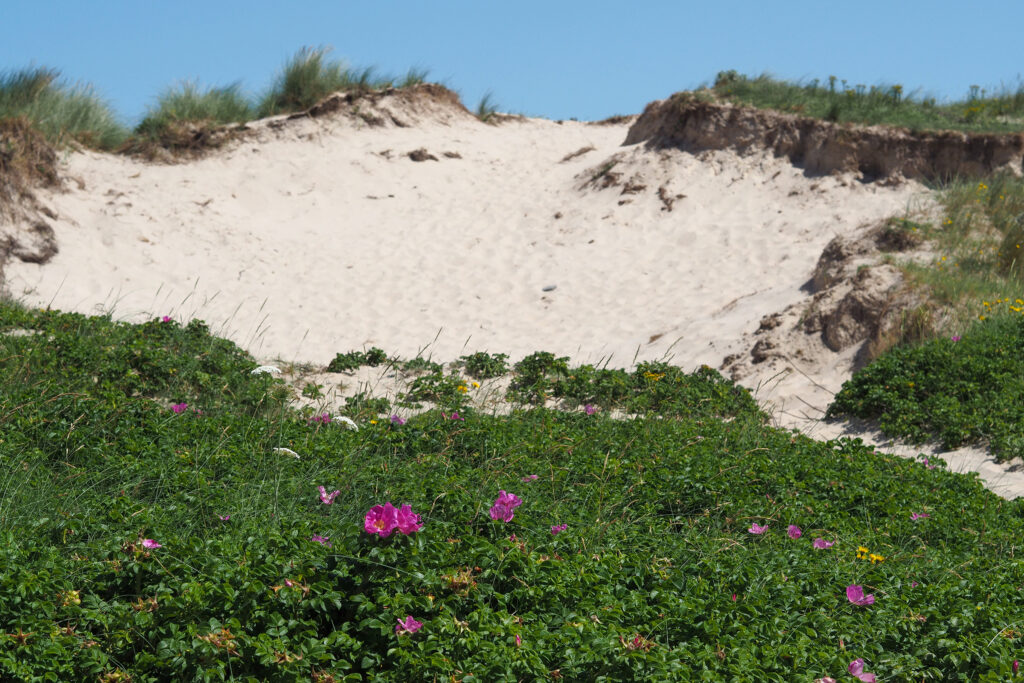

7. Bergen to Bergen aan Zee through Noordhollands Duinreservaat
Length: around 6 km.
This is an amazing hike that starts in the beautiful town of Bergen, or, to be more precise, in the forest next to it, the Bergerbos. With its tall conifer alley and the mix of deciduous trees, Bergerbos can be a short hike in itself. But if you continue walking through the Noordhollands Duinreservaat (the largest nature reserve in the Netherlands), towards Bergen aan Zee, you can experience the closest thing to mountains that you will find in Noord-Holland: the tall dunes. Did you know that Bergen means mountains in Dutch? Please note that for the Duinreservaat you will need to buy a ticket (which is 2 euro per day or 13 for a yearly ticket). The ticket can be bought online on the PWN website.
Your route ends on the beach at Bergen aan Zee, a beach that inspired many artists along the years, leading event to the creation of an art movement known as “de Bergense School” (the Bergen School).
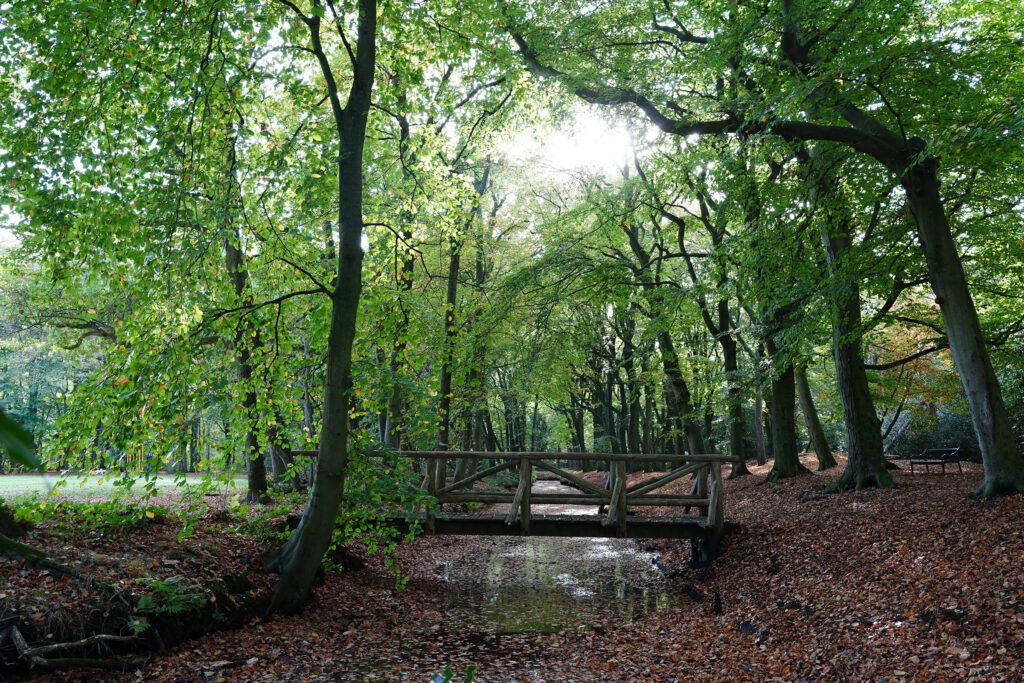
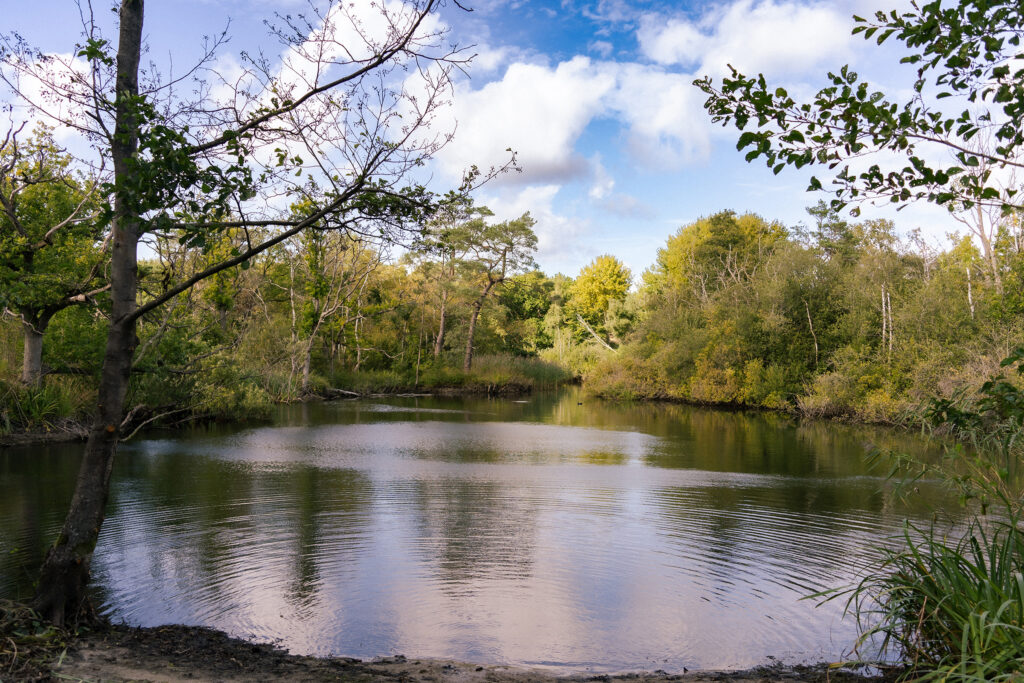
8. Schoorl Dunes
Length: from 5 to 23 km.
One of the widest and highest dune area in the country, Schoorl Dunes (Schoorlse Duinen) is a beautiful nature reserve in Noord-Holland. It’s accessible from the nearby towns of Schoorl and Bergen, making it a convenient and enjoyable day trip from Amsterdam or other nearby cities. The walking routes in the Schoorl Dunes are among the best hiking routes in the Netherlands, and they are completed with very nice mountain biking trails.
The landscape: sandy dunes covered in pine trees and perennial tree forests, heathland, meadows, and stretches of open dunes leading towards Schoorl aan Zee beach. Visitors can choose between multiple hiking trails in this area, one for each taste and energy level. There are over 60 km of walking paths (11 routes, from 5 to 23 km) and a few routes for horses and mountain bikes.
The Schoorl Duinen is home to a variety of flora and fauna and a great place for nature lovers to explore and observe the local wildlife. If you’re lucky, you can see the sand lizards, cute little things basking in the sun or scurrying through the vegetation. There’s also a variety of birds like the green woodpecker and the rare nightjar. In June and July, tens of thousands of pine orchids are in bloom and in late August the heather turns a beautiful purple, covering the dunes. In autumn, more than 800 types of mushrooms grow in the forests. The most famous dune is the Klimduin, which is 51 meters high and ends in the village of Schoorl.
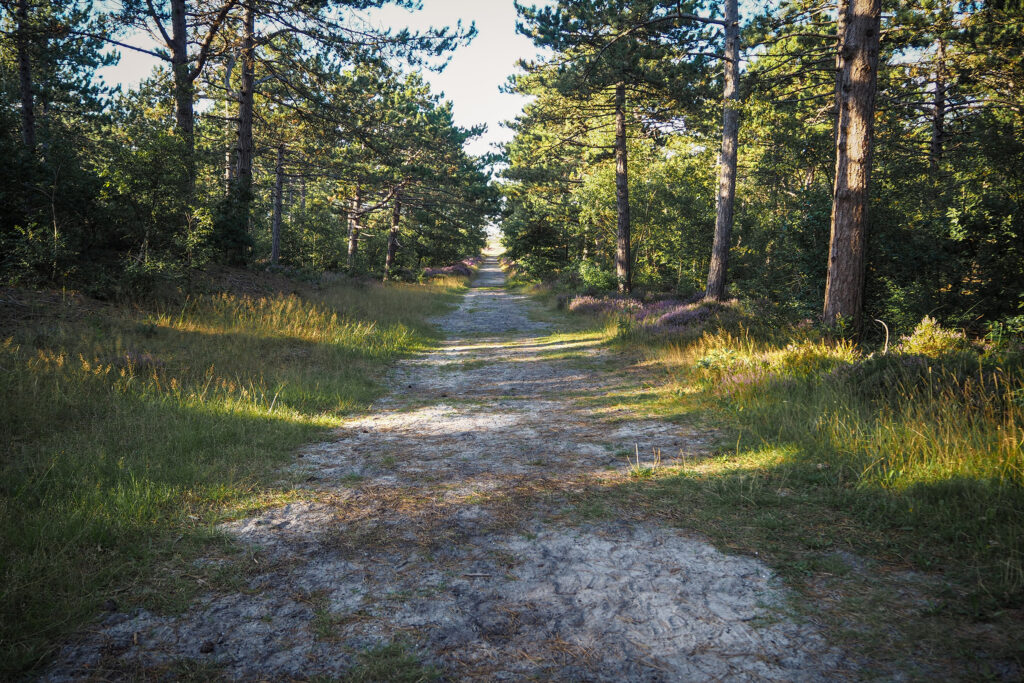
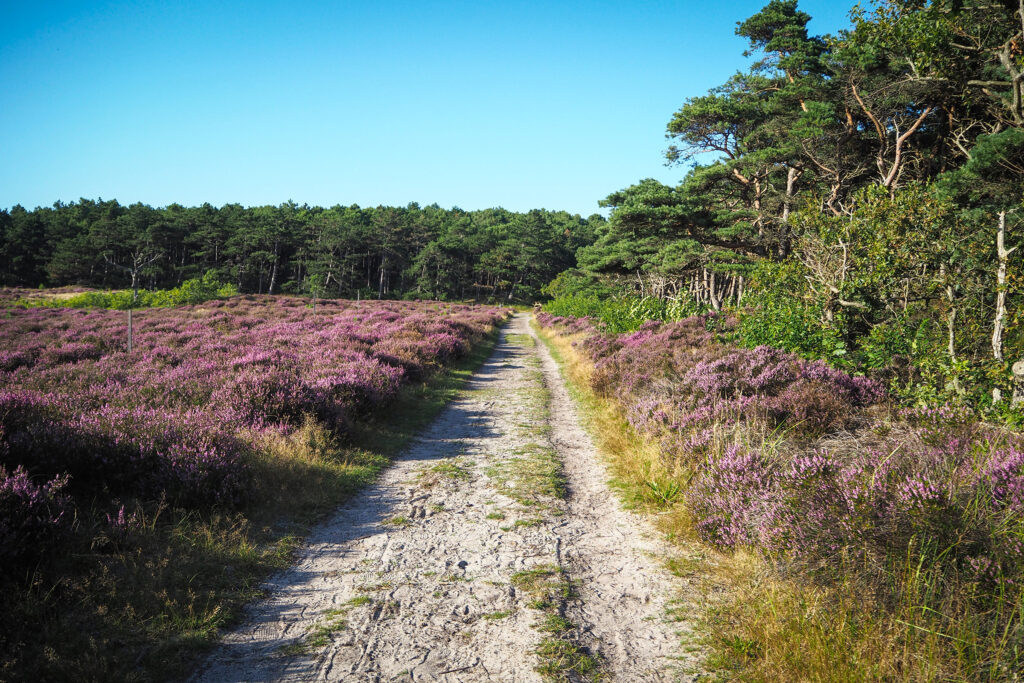
9. Mastbos
Length: 5km.
This centuries old forest, south of Breda, close to the Bouvigne Castle, provides a gorgeous scenery for walks in any season. It’s one of the oldest forests in the Netherlands – around 500 years. Count Henry III of Nassau had the forest planted in 1515 with seeds from the Scots pine from Nuremberg in Germany. In the past, it was a production forest, and its name comes from the historical use of the trees for building ship masts for the Dutch and Spanish fleets. Mastbos is a big forest, with narrow paths that open to beech avenues, heathland, deciduous trees and dark coniferous forest. It’s a home to many animals (deer, foxes, martens, squirrels etc.) which you might spot during a walk. The walking route takes you along the river Mark in the Mark valley and past the fairytale-like, fifteenth-century Bouvigne Castle.

10. De Maasduinen National Park – Reindersmeer
Length: routes of 3 to 8 km.
De Maasduinen National Park, which spans over 4500 hectares in the province of Limburg, was established in 1996. This park boasts the longest river dune belt in the Netherlands and its formation was influenced by the interaction between water, wind, and humans. One notable feature of the park is the Reindersmeer, which is an artificially created lake resulting from extensive sand extraction.
The Maasduinen emerged during the final stage of the previous ice age, as the Rhine and Maas rivers deposited significant amounts of sand and clay. During dry spells, river sand was carried by the wind and formed drifting dunes. To safeguard the meadows and fields from the moving sand, trees were planted on the dunes. This led to the formation of an inclined strip of dunes, intermingled with forests, pockets of heathland, farmland, and shifting sands, along the river’s eastern bank. Hike along the sandy trails and relish the crisp air, while taking in the surrounding natural beauty. One of the unique inhabitants of the dunes is a sand lizard species, while the wetlands attract cranes during their migratory travels.
There are 17 designated paths to choose from, a few of which are suitable for wheelchair users.
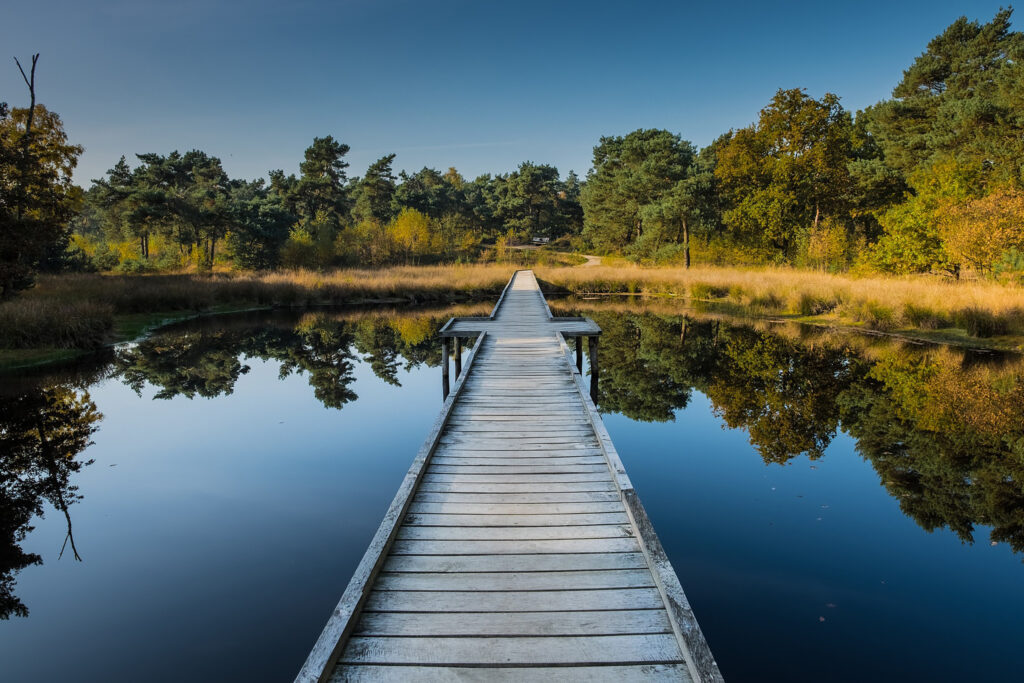
11. Natuurgebied Appelbergen
Length: 3,5 marked route
The Appèlbergen is a forest to the east of the village of Glimmen, in the province of Groningen. A former military training area, now a great place for a walk in the fresh winter air. The landscape varies: dense and open forest, heathland, shifting sands and marshes. After this short walk, you can stop at the Paviljoen Appelbergen for delicious pancakes.
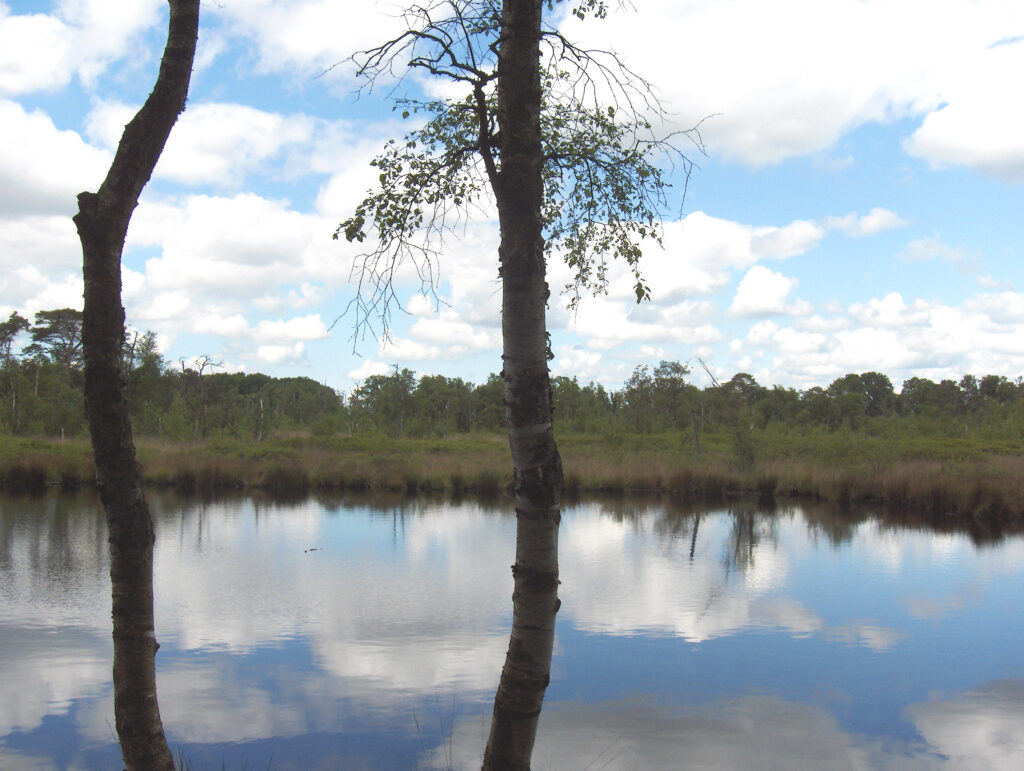
12. Bonus: winter walks on the beach
The Dutch coast is covered in wide, beautiful beaches. It may seem like an unusual choice, but a walk on the beach in winter is a unique and invigorating experience. The crisp, cold air and the sound of the waves can be incredibly refreshing. The beach is often quite empty, providing a sense of serenity and solitude, which we all need sometimes. The scenery can be quite breathtaking as well, if you have the (rare) chance to see the dunes covered in snow and the sky peppered with fluffy clouds.
I love going to the beach in winter, to walk on the deserted large spaces, feel the wind on my face and the tiny drops of salt water splashing on my cheeks. It gives me a feeling of freedom, of being one with nature, and it fills me with energy.
Have a look at my list with the most beautiful beaches in Noord-Holland if you want to plan your next trip: Beaches of Noord-Holland.
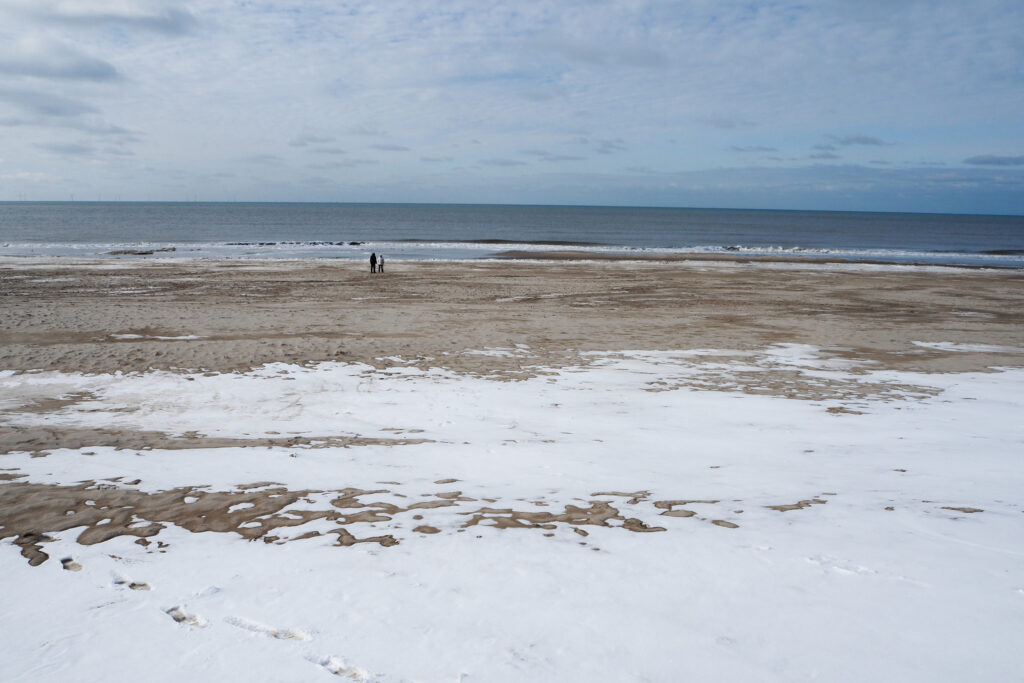
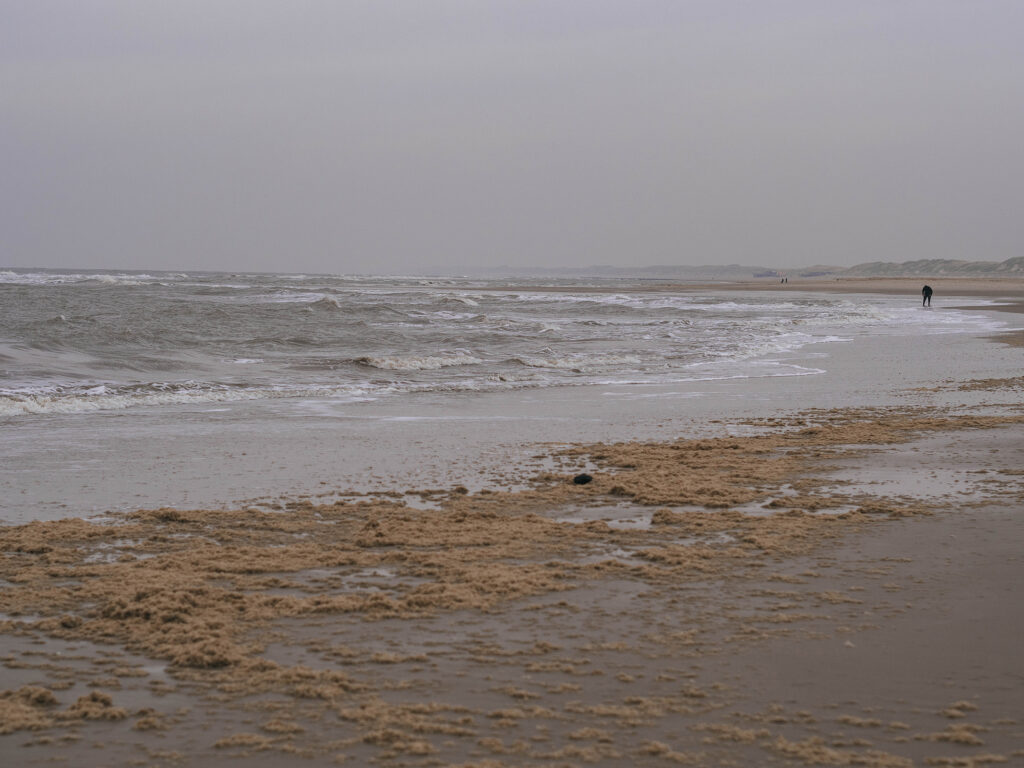
As you can see, there are plenty of opportunities for winter walks in the Netherlands, in every part of the country. If you are a fan of the winter walks, write your favourite spots in a comment!
Stay tuned for more and follow Amsterdamian on Instagram and Facebook for more stories about life in the Netherlands. Please share this post if you liked it!
Check out my photo book: Amsterdam Through the Seasons!
Love what you’re reading? Support my work with a small donation.

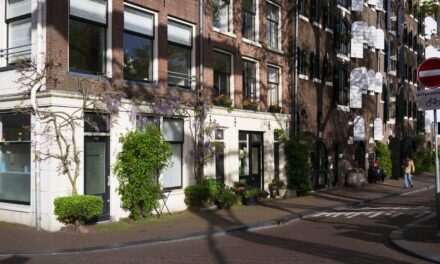



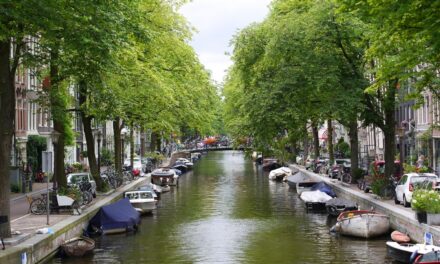

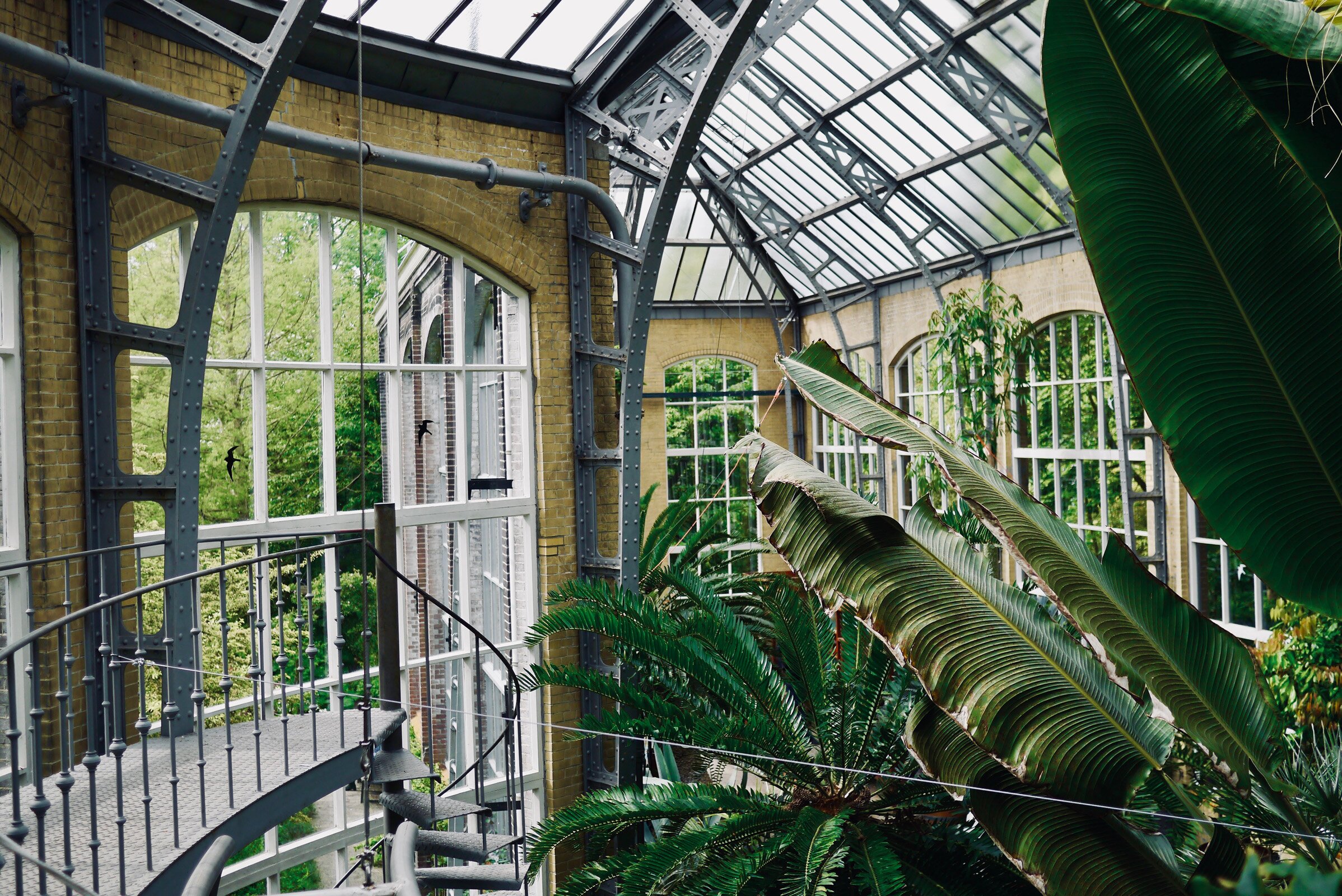

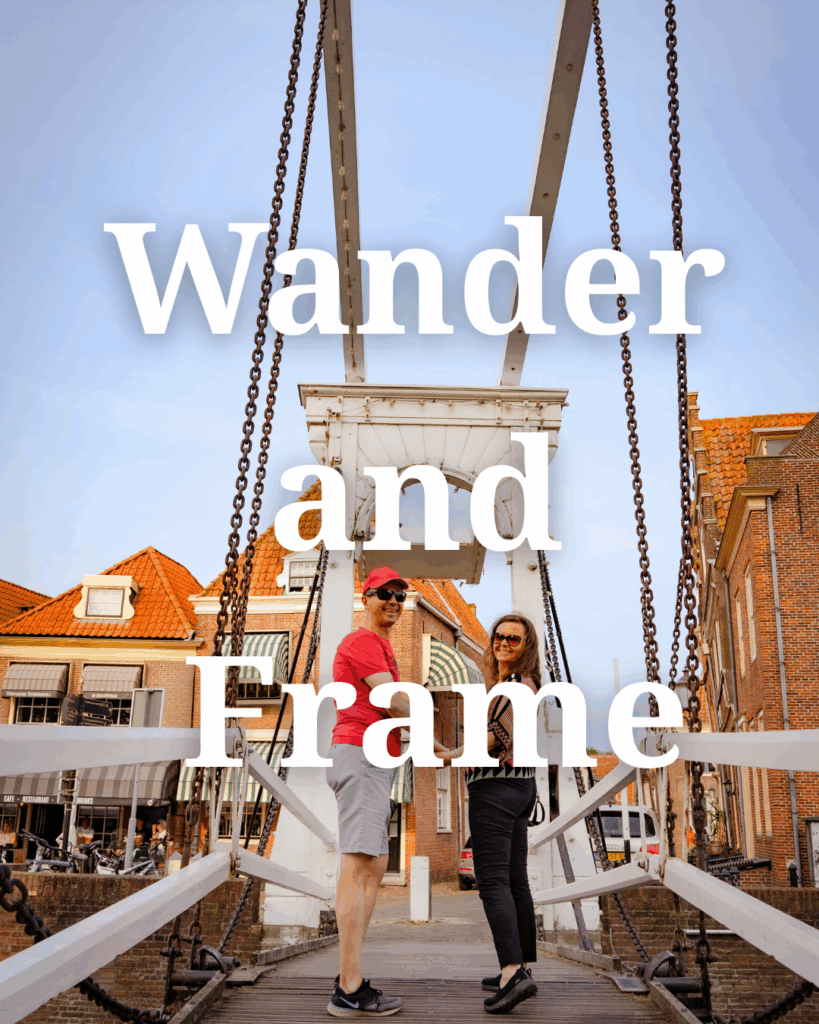







Trackbacks/Pingbacks